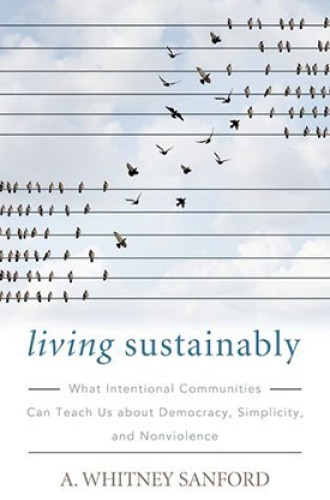The burdens and blessings of intentional community
What happens when a group of radical idealists tries to live together?
For nearly a decade, my family lived in a Mennonite intentional community on a 180-acre farm in the Midwest. We worked together with the members of our community, lived as close neighbors, shared meals twice a week, and worshiped together. Since we’ve moved away, I’ve missed the noises of the farm: pigs squealing, our children playing with neighbors in the shared backyard, and the determined whisper of a hoe hitting the soil. But most of all, I’ve missed the neighbors and friends who taught me about radically following Jesus. It was a transformative way of life that pushed us to rethink our consumption of the world’s goods and helped us to learn to love others better.
A. Whitney Sanford’s book came to my doorstep just as my husband and I were struggling over how to hold on to the values we’d learned in community. The book, which chronicles the 15 intentional communities Sanford visited over a four-year period, offers some suggestions—if not answers—about what many of us can learn from those who live in intentional communities.
Depending on how broadly intentional community is defined, there are hundreds (if not thousands) of them in the United States and across the world. Sanford defines the term as “residential communities with a shared vision, . . . shared purpose, some kind of common living space, some shared resources, and critical mass.”






